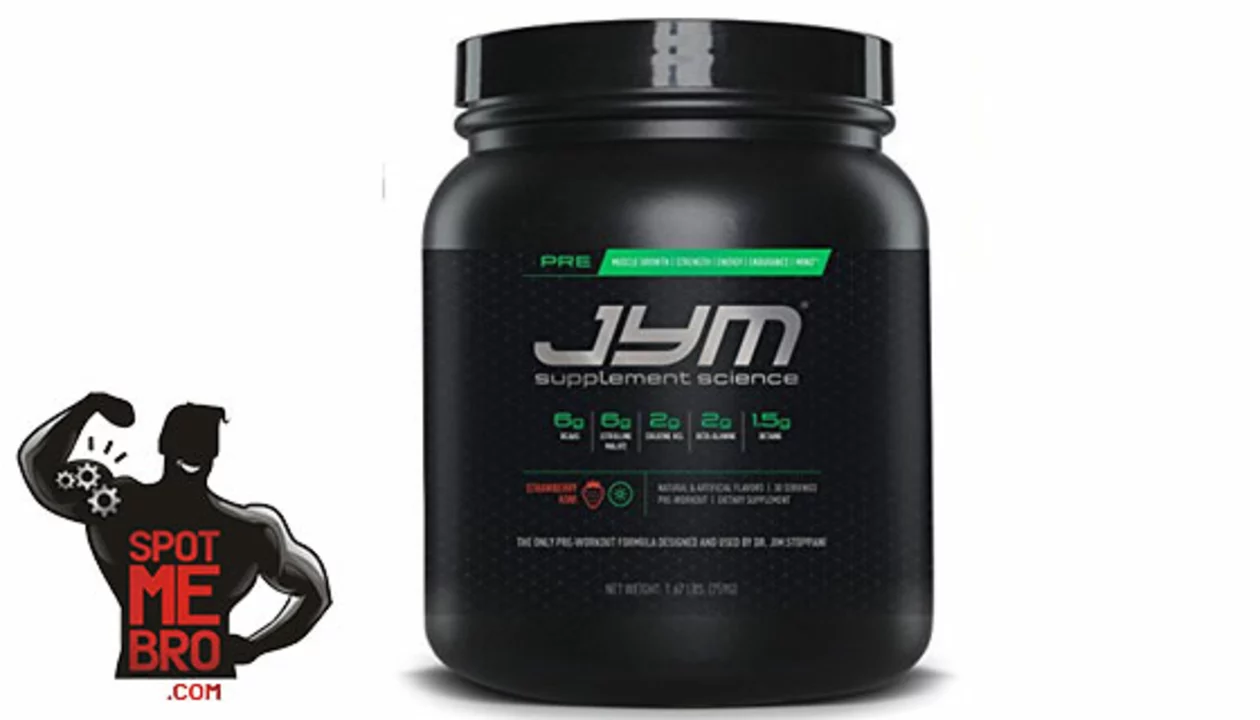Yerba mansa: Uses, How to Use It, and Safety Tips
Yerba mansa (Anemopsis californica) is a low-growing herb from the American Southwest that folk medicine often uses for mouth, skin, and digestive issues. If you're curious how people actually use it—tea, tincture, or poultice—this page gives straightforward, practical steps so you can try it safely and find good sources.
How people use yerba mansa
Tea: The most common way is a simple infusion. Use about 1–2 teaspoons of dried root or leaf per cup of boiling water. Steep 10–15 minutes, strain, and drink up to twice a day. People use this for mild digestive upset, sore throat, or as a gentle mouth rinse.
Tincture: A concentrated alcohol extract is handy for oral rinses or a quick dose. Typical traditional use is 10–30 drops diluted in water, taken up to three times daily. Start low and watch how your body reacts.
Poultice or topical wash: Crushed fresh or rehydrated dried root can be applied to cuts, insect bites, or inflamed skin for short periods. Always patch-test on a small skin area first to check for irritation or allergic reaction.
Safety, dosing, and buying tips
Safety first: Don’t assume 'natural' means risk-free. Stop using yerba mansa if you notice rash, itching, nausea, or worsening symptoms. People who are pregnant or breastfeeding should avoid using it unless a trusted clinician approves. If you take blood thinners or have a bleeding disorder, talk to your healthcare provider before trying it—herbs can affect clotting or interact with drugs.
Dosing basics: For tea, 1–2 tsp per cup, up to two cups daily is a cautious starting point. For tinctures, begin with a low dose (for example, a few drops) and increase slowly while monitoring effects. Don’t use large amounts for long periods—short-term use for specific symptoms is how it’s traditionally applied.
Buying: Look for suppliers that ID the plant as Anemopsis californica and list the plant part used (root is most common). Prefer organic or wildcrafted vendors with clear sourcing and third-party testing for contaminants. Avoid powders or blends that don’t show ingredient breakdown—purity matters.
Practical tips: Use a mouth rinse after meals for oral irritation—steep a strong cup, cool it, swish for 30 seconds, then spit. For skin, wrap a poultice in clean cloth and change it every few hours; discard after one use. Store dried yerba mansa in a cool, dark place in an airtight jar to keep its aroma and potency.
Want more? Search the site for related herbal articles and product guides. If you plan to use yerba mansa alongside prescription meds, tell your doctor so they can check for interactions. Small, careful steps give you the best chance to benefit while staying safe.

The Science Behind Yerba Mansa: Why This Dietary Supplement is a Game Changer
I recently came across Yerba Mansa, a dietary supplement that's making waves in the health and wellness community. The science behind it is what really caught my attention, as it's been proven to have various health benefits. This game changer is packed with antioxidants, anti-inflammatory properties, and immune-boosting effects. Not only that, but it can also help improve digestion and support liver health. I'm amazed by the potential of Yerba Mansa and can't wait to see how it impacts the world of dietary supplements!
